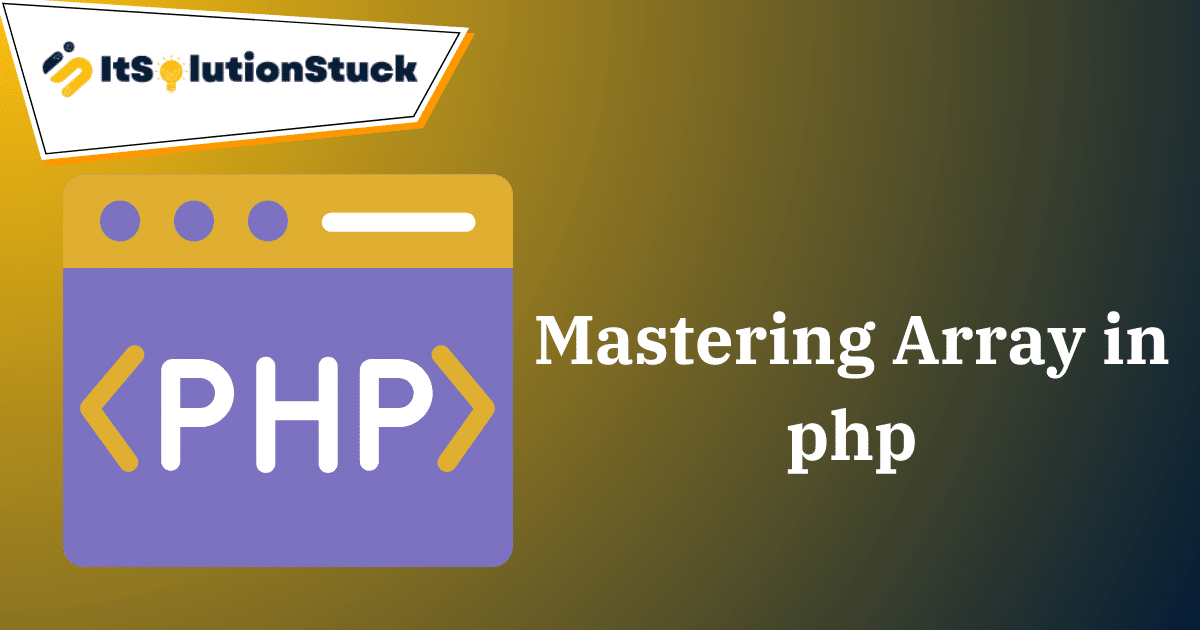PHP arrays are the cornerstone of dynamic data management in web development. From simple lists to complex data structures, mastering arrays is essential for effective PHP programming. In this comprehensive guide, we’ll explore the intricacies of PHP arrays, covering their types, functions, best practices, and performance optimization techniques. By the end, you’ll be equipped with the skills to harness the full potential of arrays in your projects.
Table of Contents
Types of PHP Arrays:
Indexed Arrays:
Indexed arrays store elements with numeric indices. They are perfect for sequential data storage and iteration.
$fruits = array("Apple", "Banana", "Orange");
echo $fruits[0]; // Output: Apple
Associative Arrays:
Associative arrays use custom keys for element access, providing more meaningful data organization.
$person = array("name" => "John", "age" => 30, "city" => "New York");
echo $person["age"]; // Output: 30
Multidimensional Arrays:
Multidimensional arrays contain arrays within arrays, facilitating complex data representation.
$students = array(
array("name" => "Alice", "grade" => "A"),
array("name" => "Bob", "grade" => "B")
);
echo $students[0]["name"]; // Output: Alice
PHP Array Functions:
array_push() and array_pop():
$stack = array(); array_push($stack, "element1"); array_push($stack, "element2"); echo array_pop($stack); // Output: element2
array_merge():
$arr1 = array("a" => "red", "b" => "green");
$arr2 = array("c" => "blue", "d" => "yellow");
$result = array_merge($arr1, $arr2);
print_r($result); // Output: Array ( [a] => red [b] => green [c] => blue [d] => yellow )
Best Practices and Performance Optimization:
Use Meaningful Keys:
$user = array("id" => 1, "username" => "john_doe", "email" => "john@example.com");
Optimize Looping:
foreach ($students as $student) {
echo $student["name"];
}
Leverage Array Functions:
$numbers = array(1, 2, 3, 4, 5);
$squared = array_map(function($num) { return $num * $num; }, $numbers);
print_r($squared); // Output: Array ( [0] => 1 [1] => 4 [2] => 9 [3] => 16 [4] => 25 )
Managing Large Datasets:
Chunking:
$largeArray = range(1, 10000); $chunks = array_chunk($largeArray, 1000);
Lazy Loading:
function fetchLargeDataset() {
// Fetch data from database in chunks
}
Conclusion:
Mastering arrays in PHP empowers you to handle diverse data scenarios efficiently. By understanding array types, employing built-in functions, following best practices, and optimizing performance, you can elevate your PHP development skills and create robust applications. With the examples and techniques provided in this guide, you’re well-prepared to tackle array-related challenges and unleash the full potential of PHP arrays in your projects.
















